Slaty Egret
Posted: Tue May 22, 2012 10:36 am
070. Slaty Egret Egretta vinaceigula (Rooikeelreier)
ORDER PELECANIFORMES. Family Ardeidae
Description
60 cm. Dark, slaty-blue. Pale throat. Dark reddish foreneck (only visible at close range). Greenish-yellow or grey legs and toes.
In breeding plumage adults have long head plumes and their feet become chrome yellow.
Jvenile: Paler than adult, lacks crest plumes; legs greyish green.
Similar species: The Slaty Egret is distinguished from the Black Heron by its slighter, thinner posture, red throat and yellow legs. The slaty egret does not display the characteristic "mantling" behaviour of the black egret.
Distribution
Endemic to south-central Africa, occurring from Zambia and south-eastern Angola to northern Botswana, the Caprivi Strip (Namibia), north-western and northern Zimbabwe and southern Limpopo Province
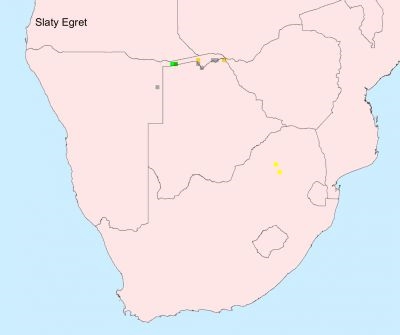
Habitat
It generally favours the shallow margins of wetlands, sometimes moving into temporary wetlands in otherwise arid areas.
Movements and migrations
Mainly resident in large, perennial wetlands, although in summer rains it may make movements to ephemeral water bodies and flood plains.
Diet
It mostly eats fish, tadpoles and aquatic insects, doing most of its foraging in shallow water with emergent grasses or sedges, wading quickly and chasing down prey (which it regularly flushes by stirring its feet). It often joins mixed-species foraging flocks along with storks and other herons.
Breeding
Usually breeds in mixed-species colonies along with Dwarf Bitterns, Rufous-bellied Herons or even Red-billed Buffalo-weavers. The nest is a platform of twigs with a central depression, lined with reeds or grass and typically placed in a bush over water, such as a Water Fig (Ficus verruculosa) or Acacia kirkii (Flood-plain Acacia), or alternatively in a reedbed. Egg-laying season is from February-May, peaking in March. The females lays 2-4 eggs, which are incubated for 21-24 days. The chicks start to move around close to the nest after a week or so, leaving completely at about 40 days old, at which point they perch on trees nearby.
Call
Mostly quiet; squawks near nest. It utters a typically heron-like, sharp kaark, kaark, kaark.
Status
Locally common in Okavango Delta, elsewhere uncommon. Resident, disperses widely during summer rains. This species is classified as Vulnerable on the IUCN Red List of Threatened Species because it has a small and declining population.
ORDER PELECANIFORMES. Family Ardeidae
Description
60 cm. Dark, slaty-blue. Pale throat. Dark reddish foreneck (only visible at close range). Greenish-yellow or grey legs and toes.
In breeding plumage adults have long head plumes and their feet become chrome yellow.
Jvenile: Paler than adult, lacks crest plumes; legs greyish green.
Similar species: The Slaty Egret is distinguished from the Black Heron by its slighter, thinner posture, red throat and yellow legs. The slaty egret does not display the characteristic "mantling" behaviour of the black egret.
Distribution
Endemic to south-central Africa, occurring from Zambia and south-eastern Angola to northern Botswana, the Caprivi Strip (Namibia), north-western and northern Zimbabwe and southern Limpopo Province

Habitat
It generally favours the shallow margins of wetlands, sometimes moving into temporary wetlands in otherwise arid areas.
Movements and migrations
Mainly resident in large, perennial wetlands, although in summer rains it may make movements to ephemeral water bodies and flood plains.
Diet
It mostly eats fish, tadpoles and aquatic insects, doing most of its foraging in shallow water with emergent grasses or sedges, wading quickly and chasing down prey (which it regularly flushes by stirring its feet). It often joins mixed-species foraging flocks along with storks and other herons.
Breeding
Usually breeds in mixed-species colonies along with Dwarf Bitterns, Rufous-bellied Herons or even Red-billed Buffalo-weavers. The nest is a platform of twigs with a central depression, lined with reeds or grass and typically placed in a bush over water, such as a Water Fig (Ficus verruculosa) or Acacia kirkii (Flood-plain Acacia), or alternatively in a reedbed. Egg-laying season is from February-May, peaking in March. The females lays 2-4 eggs, which are incubated for 21-24 days. The chicks start to move around close to the nest after a week or so, leaving completely at about 40 days old, at which point they perch on trees nearby.
Call
Mostly quiet; squawks near nest. It utters a typically heron-like, sharp kaark, kaark, kaark.
Status
Locally common in Okavango Delta, elsewhere uncommon. Resident, disperses widely during summer rains. This species is classified as Vulnerable on the IUCN Red List of Threatened Species because it has a small and declining population.
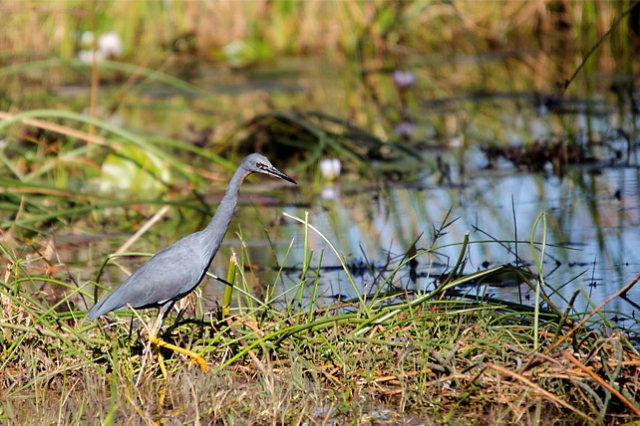 © PRWIN
© PRWIN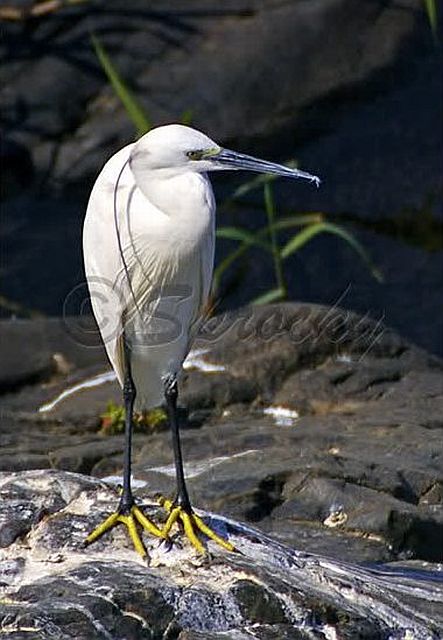 © Sprocky
© Sprocky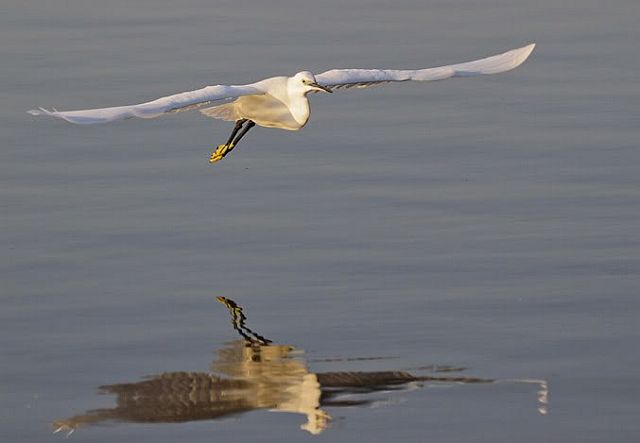 © leachy
© leachy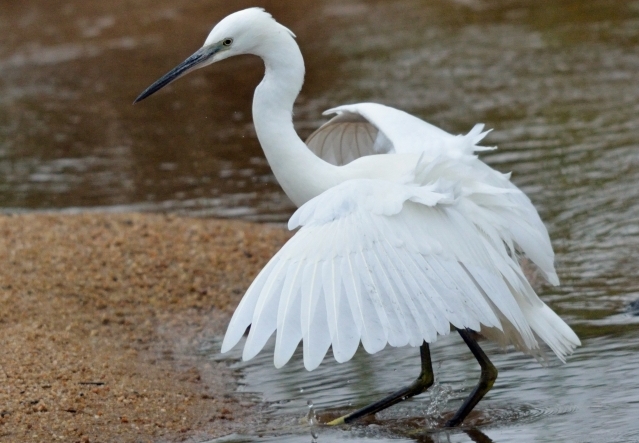 © BluTuna
© BluTuna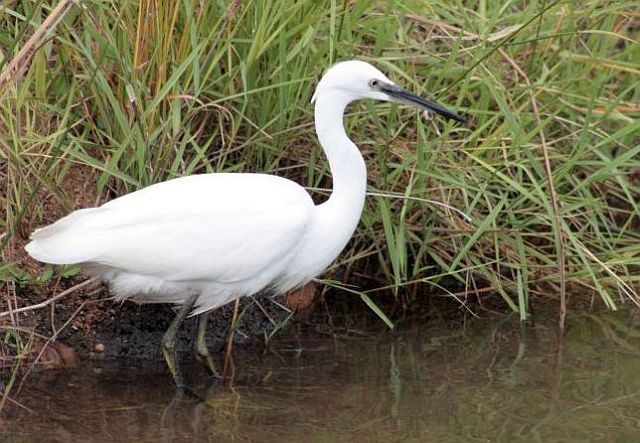 © harrys
© harrys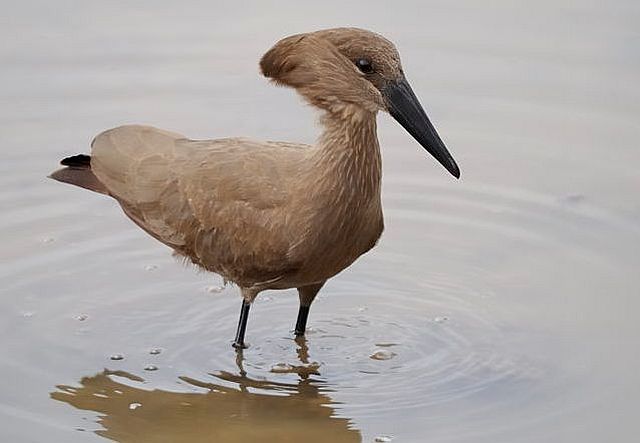 © Dewi
© Dewi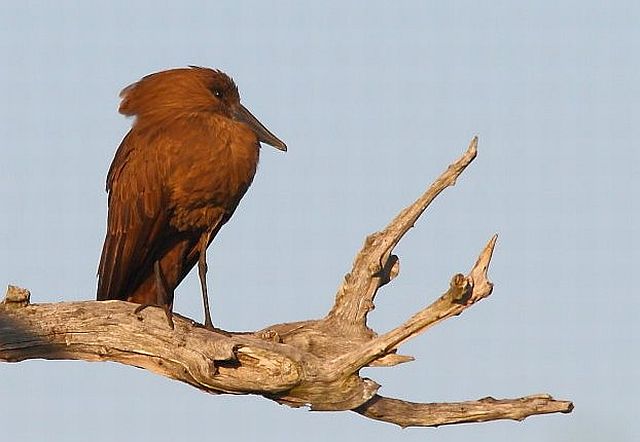 © Flutterby
© Flutterby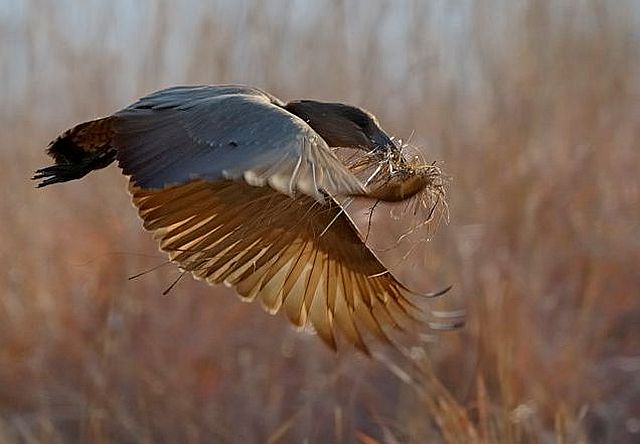 © Dewi
© Dewi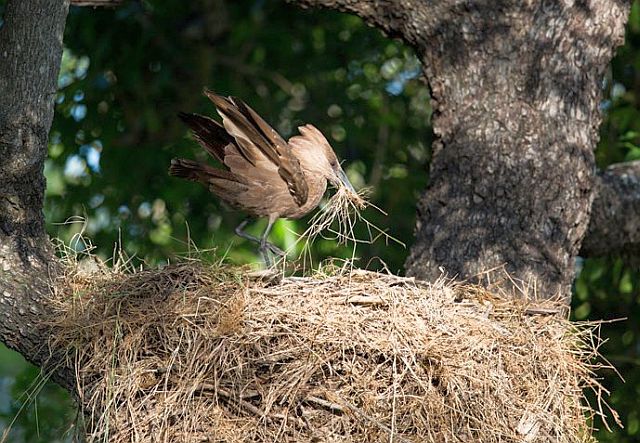 © Pumbaa
© Pumbaa 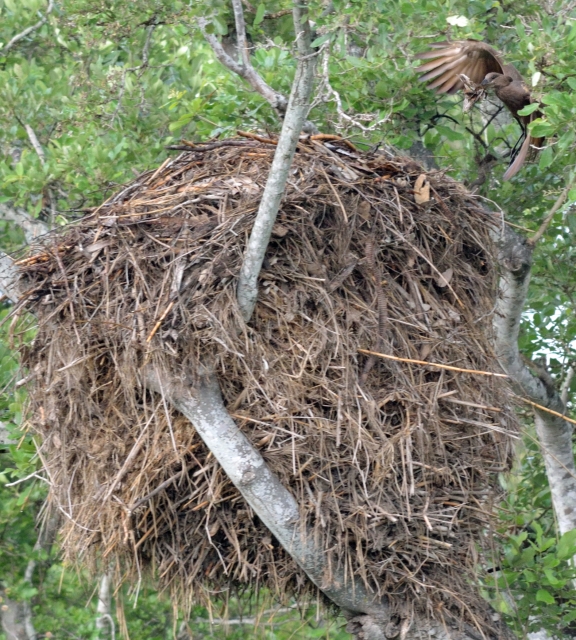 © BluTuna
© BluTuna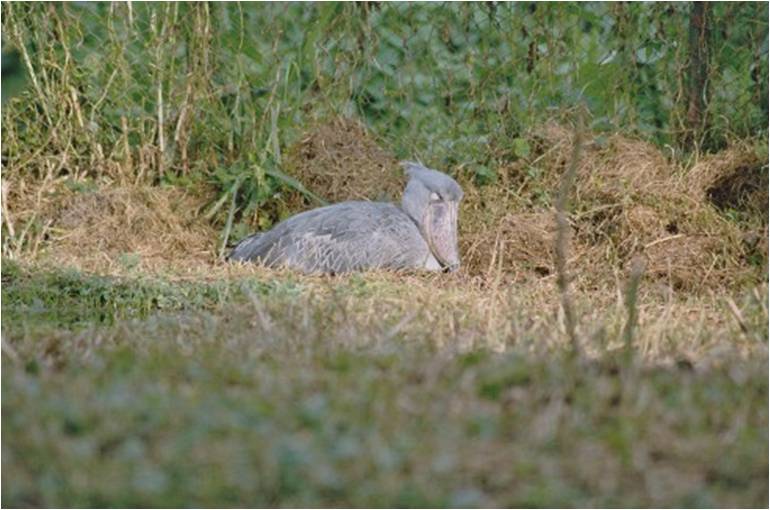
 © nan
© nan